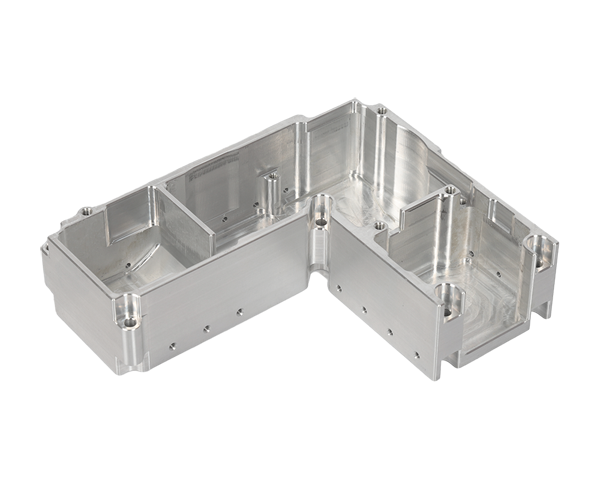2025-03-22 hits:0 source:News

Aluminum die - castings are widely used in various industries, and their reliability is of utmost importance. In automotive applications, for example, aluminum die - cast components such as engine blocks, transmission cases, and wheel hubs need to withstand high mechanical stresses, extreme temperatures, and vibrations. The reliability requirements in this context are multi - faceted.
First and foremost, mechanical strength is a crucial factor. Aluminum die - castings must possess sufficient tensile, compressive, and fatigue strength. Tensile strength ensures that the component can withstand forces that tend to pull it apart. In an engine block, which experiences high - pressure forces during the combustion process, the aluminum die - casting needs to have a high tensile strength to prevent cracking. Compressive strength is essential when the component is subjected to forces that try to compress it. Wheel hubs, for instance, endure significant compressive loads from the vehicle's weight and road forces. Fatigue strength is critical as these components often experience cyclic loading. An engine block, for example, undergoes repeated expansion and contraction due to temperature changes during the engine's operation. To meet these mechanical strength requirements, manufacturers carefully select the alloy composition of the aluminum. Alloys with high - strength elements such as silicon, copper, and magnesium are often used.
Dimensional accuracy is another key reliability requirement. In precision - engineered applications like aerospace and electronics, aluminum die - castings need to have extremely tight tolerances. In aerospace, components such as aircraft engine parts must fit together perfectly to ensure the smooth operation of the engine. A deviation in the dimensions of a die - cast part could lead to misalignment, increased friction, and ultimately, engine failure. In the electronics industry, aluminum die - cast enclosures for devices need to have accurate dimensions to house the delicate internal components properly. To achieve high dimensional accuracy, advanced die - casting techniques and precise mold design are employed. The use of computer - aided design (CAD) and computer - aided manufacturing (CAM) technologies helps in optimizing the mold design and controlling the casting process to minimize dimensional variations.
Corrosion resistance is also vital, especially for aluminum die - castings used in outdoor or harsh environments. Aluminum naturally forms a thin oxide layer that provides some protection against corrosion. However, in more corrosive environments such as marine applications or industrial settings with exposure to chemicals, additional measures are required. Surface treatments such as anodizing, powder coating, or painting are commonly used to enhance the corrosion resistance of aluminum die - castings. Anodizing creates a thicker and more durable oxide layer on the surface of the aluminum, significantly improving its resistance to corrosion.
Read recommendations:
CNC Processing Aluminum Profile Factory
2020 t slot aluminium extrusion
polypropylene injection molding
A small method to prevent hot cracking of aluminum alloy die-casting parts
lf you have any questions or comments, you can leave us a message and we will reply to you as soon as possible
